|
Savvy restaurant operators are thinking locally with the technology they are implementing, tapping into tech tools to attract customers who happen to be nearby with promotions that appeal to them in the moment. Watch for more tech businesses to piggyback on the push for local marketing. Case in point: Operators that have partnered with Uber Eats could now get an extra boost from a new partnership with the navigation app Waze. Nation’s Restaurant News reports that Uber-Eats-branded pins will appear on Waze in 20 cities. A user can click on the pin to save the restaurant for later and then get an alert at 5 p.m. to remind them of the restaurant they wanted to try.
If you don’t regularly use video to promote your food, people and background story, listen up: A Brightcove study found that 76 percent of adults report that they make a purchase after watching a marketing video – and nearly half of consumers watch branded video on social media. As you prepare to ramp your business back up after the pandemic, consider creating a calendar of video content that you can share across your social media channels. There are a multitude of options to try. Record a mini cooking tutorial with your chef – or have him or her share favorite tips for using a seasonal ingredient. Talk about how you source food and make decisions about where to get the items you serve – or record your visit to a local farmer’s market or small supplier. Have a new staffer on board with an interesting life story? Record a brief interview with the person and ask questions that share a bit about his personality, background and professional role. How about your restaurant’s story – or the history behind your restaurant’s location? You can share promotional content too – like a contest to win an appetizer platter for the Superbowl or a house-brewed beer subscription for a month. The key is to find ways to share your restaurant’s authentic self and create useful or entertaining content that viewers will want to share. Look at this winter as a time to build your brand and strengthen customer loyalty for when people feel safe returning in bigger numbers.
COVID-19 has forced operators to scale down their dining room business while scaling up their capacity for off-premise orders. But preparing for an increase in online orders isn’t as simple as plugging your existing menu into your website. Your online menu needs to exude the same professionalism as the experience of sitting in your dining room. But instead of relying on your décor and friendly servers, your online menu alone must make people feel comfortable that they are in good hands. Restaurant Den suggests operators keep several tips in mind when revising their online menu, including scaling down choices, clarifying ingredients (and directing those with food allergies to more information on their website), and checking the spelling of each item.
Machine learning was singled out by Modern Restaurant Management recently as one of the top technologies that will differentiate restaurant brands as we emerge from the pandemic. It cited research from Hospitality Technology that found that 42 percent of guests will choose takeout from a restaurant if they receive offers tied to their past orders. These sort of precision analytics can fine-tune operations in the back of the house too – helping you monitor the supply chain to more accurately forecast food costs and order with less waste. How can you enhance the precision with which you order – and deliver to customers – just what they crave?
By 2021, almost 50 million people will be using food delivery apps. It’s a good time to understand how people are using your mobile app if you have one. Placing an order may be only one part of it. According to The Rail, while 32 percent of restaurant mobile app users are using them to order food, even more – 42 percent – are looking for information on coupons or other deals. Close behind are those looking up your restaurant’s menu (38 percent) or searching for local food options (37 percent). These figures may change how you go about attracting people to your app – or in how you prioritize updating the information on it. Consider push notifications when you’re running promotions to encourage customers to begin earning rewards. Understand – and continue to ask customers to confirm – which rewards appeal most to them. As for your menu and local profile, make sure your information and menu are up to date on Yelp, TripAdvisor and Google My Business.
At a time when restaurant delivery has become critical for so many restaurants (even pre-COVID-19, off-premise orders were accounting for nearly 60 percent of foodservice occasions, according to the National Restaurant Association), new technologies that offer operators more control and monitoring of the delivery process are on the rise. They may help you zero in on the areas that need improvement and can help set you apart among competitors. Food delivery analytics software like ActiveDeliver, for example, pulls together onto a single dashboard data such as sales metrics that extract total sales for in-store, drive-thru and delivery customers, delivery metrics that illustrate trends in driver wait and travel times, customer analytics that track sales by new and existing customers and whether customer satisfaction is driven by specific menu items or delivery times, and a breakdown of food delivery fees and who is paying them. Whether you use technology designed to monitor your delivery or not, using your POS data to understand (and improve upon) the lifecycle of the delivery process will become increasingly important as you accommodate more off-premise sales right now.
If you can customize and personalize your menu for guests, you earn loyal guests, which are what operators need right now. Technology is making it easier for operators to give guests the choices they want on demand. Case in point: Taco Bell recently unveiled a feature called Veggie Mode on its self-order kiosks. It will allow users to push a button and immediately change the options on their screen to vegetarian ones. Ostensibly, it’s a feature that could be extended to eliminate any food to which a guest has an intolerance or dislike. Through your website, app and text/email promotions, are you using your available technology to help guests quickly see the options best suited to their tastes?
While technology had been making sweeping changes to the restaurant industry before the pandemic, expect it to play a transformative role as we emerge from it. Many of the systems and tools that had been nice-to-haves a couple of months ago could now provide the limited physical contact needed to keep your employees and guests safe – and your business running. This doesn’t mean investing in new bells and whistles but it does mean finding ways to maximize the technology you currently have and any additional tools that can be used for free. As the National Restaurant Association’s new report Covid-19 Reporting Guidance advises, update your website and use basic text messages to communicate with guests and staff. Use your email list and social media to provide up-to-date information about your current hours, menu changes, reservations and other information that may be helpful, such as approximate wait times. Of course, contactless payment systems, automated ordering functionality and mobile ordering apps can all help too. Be in touch with your POS system provider to ensure you are fully using all of your system’s functionality and any additional features or support your provider is offering right now. Bo Peabody, a tech entrepreneur who helped create the reopening guidelines for Georgia restaurants, told the Spoon that POS companies might soon take such actions as giving restaurants the ability to add a QR code to their check – a means for a guest to pay for a meal with a quick, contactless scan of their phone. (Paytronix and Sevenrooms recently announced new contactless order and payment capabilities, and the restaurant tech company Presto is offering free contactless dining kits for restaurants while supplies last. The company says the kits can be set up in an hour – and without any contracts or costs.)
If you’re looking for technology help as you reopen, there are deals to be had on everything from third-party delivery to tech platforms as companies look to stand out in the market and rebuild business themselves. One case in point is OpenTable. Even if you haven’t taken reservations before, you may be considering taking them while social distancing requirements call for fewer guests in your restaurant at one time and for more vigilant management of traffic at your building’s entrance. OpenTable just announced its Open Door program, a three-tiered, subscription-based reservations program that provides services at a discount for the remainder of 2020. The program allows operators to access the OpenTable system without subscription fees through the end of the year. Further, there are no cover fees through September 20 and up to 50 percent discounts on cover fees for the fourth quarter of the year. Learn more at https://restaurant.opentable.com/opendoorprogram-2/
Improving your website is another one of those tasks that’s difficult to take on in the midst of the daily rush. Now that business is slower – and technology is all the more important in keeping us connected and informed – take a closer look at your site and identify some areas to improve. First, don’t make people dig for your contact information, address, hours, and your current menu – the information should be easy for people to find with minimal clicks. Then, make it clear how they can order from you. If you deliver (particularly with in-house staff) post a prominent button at the top of your homepage to drive people to that function. Other links at the top of your homepage should connect people to your story/background, rewards program and any merchandise you offer. Of course, your site should be mobile-friendly too so all of this information is easily accessed on a mobile phone. If you’d like to see some websites that work, check out the examples on this page.
https://mycodelesswebsite.com/restaurant-website-design/ |
Subscribe to our newsletterArchives
April 2024
Categories
All
|
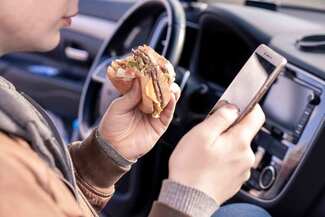
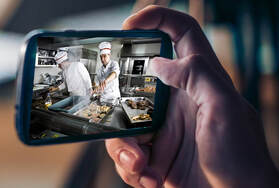
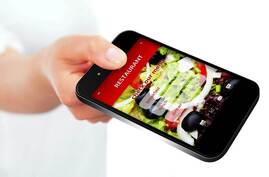
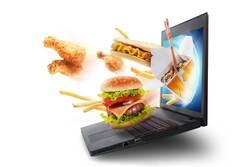
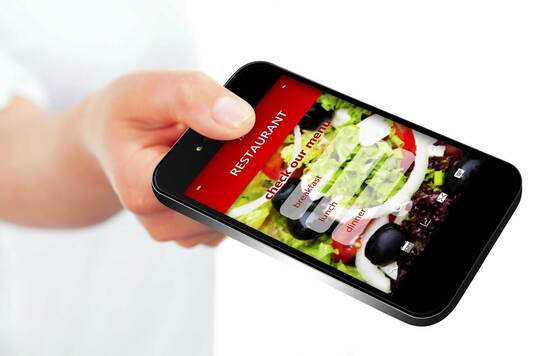
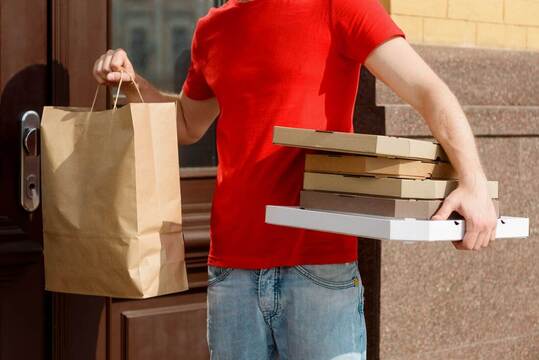
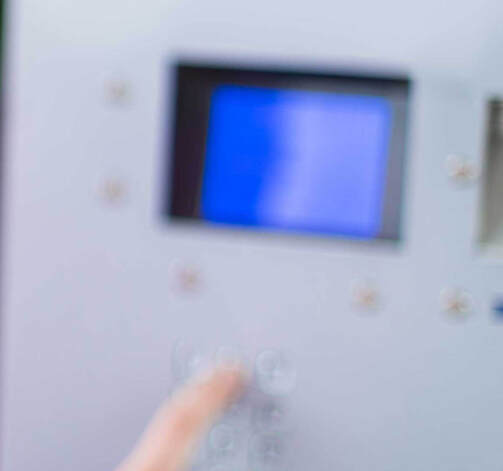

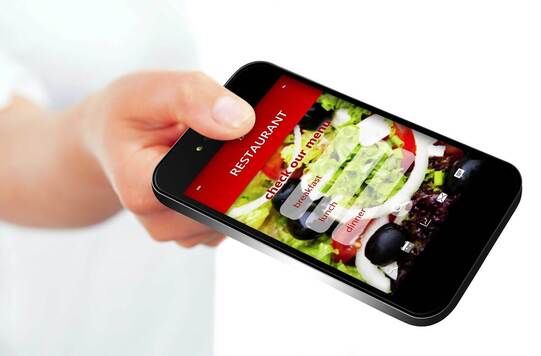
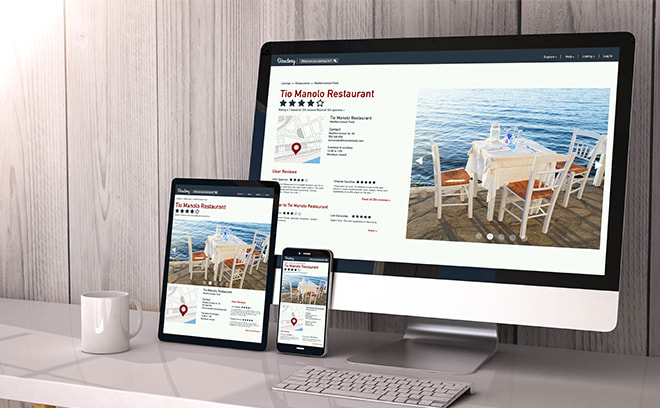


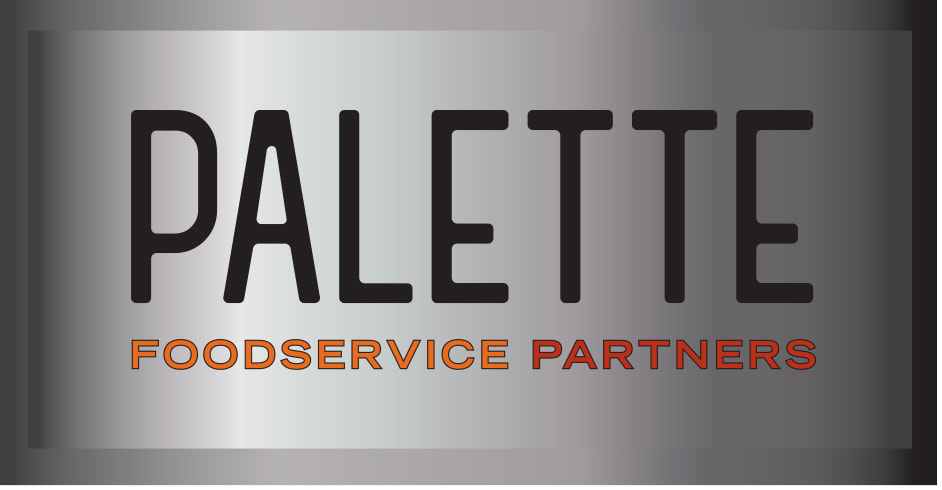
 RSS Feed
RSS Feed